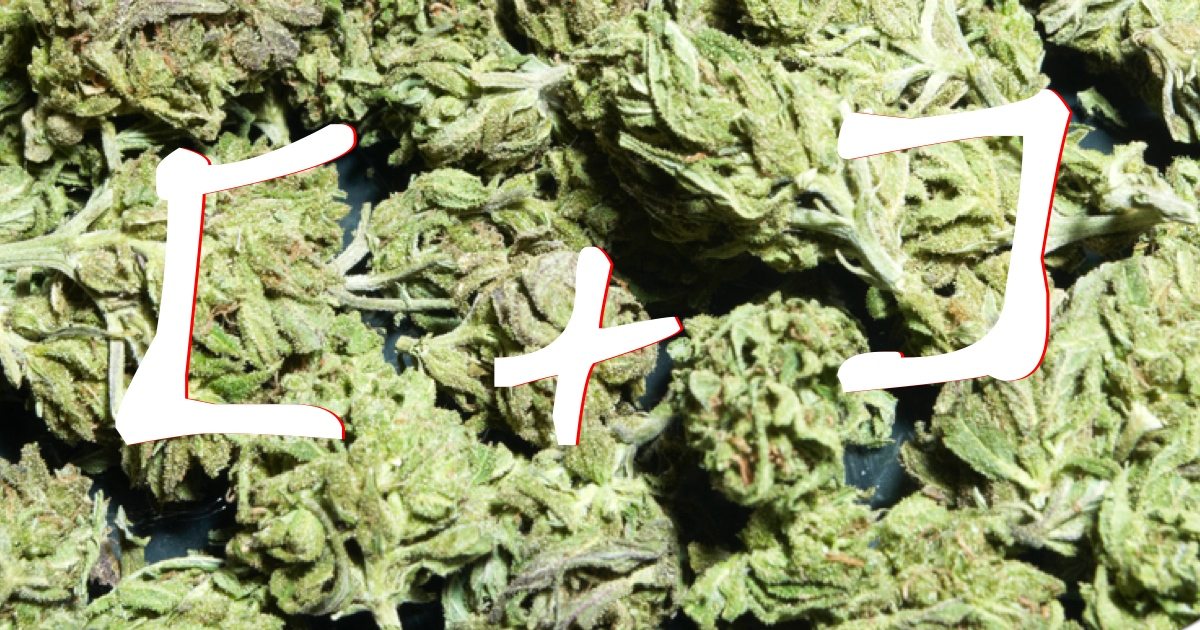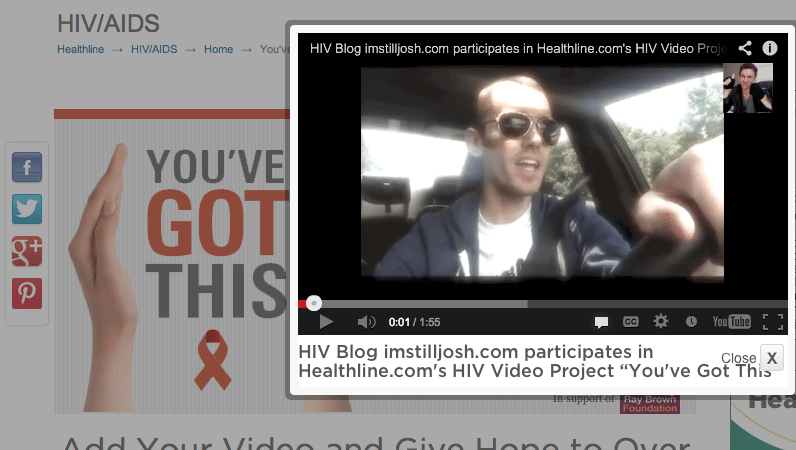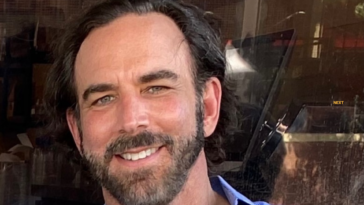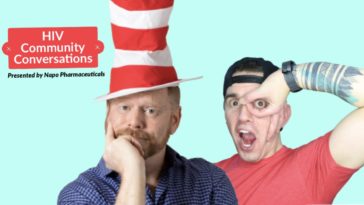Apparently it does in monkeys. But why won’t the government let scientists find out how weed can help people? Some members of Congress want action.

People with HIV have talked about the merits of smoking weed for years.
But now there’s some evidence to suggest cannibinoids may actually slow the progression of simian immunodeficiency virus (SIV), the monkey version of HIV.
Biophysicist Patricia Molina and colleagues at Louisiana State University performed experiments on the animals over the course of 17 months. The results of the research appeared earlier this month in the journal AIDS Research and Retroviruses.
[col grid=”2-1 first”][box style=”green rounded” ]HIV Prevention for LGBT: PrEP Truvada GUIDE[/box][/col]
Like HIV, SIV is known to reside in the gut, said Dr. Dustin Sulak, an osteopath who legally prescribes cannabis in Maine. “Even in humans that have stable disease progression, they still have replication and grow HIV in this gut tissue, called gut-associated lymphoid tissues, or GALT,” he said in an interview with Imstilljosh.com. “That raises the question, can cannibinoids benefit HIV patients by affecting this specific tissue type? And basically this study answers with a strong yes.”
Molina’s work shows monkeys injected daily with chronic THC, the active ingredient found in marijuana, actually saw levels of the virus expressed in their stomach tissue decline.
But we’re not monkeys
So what does this mean in humans?
That’s a good question. HIV is not the same as SIV. And humans aren’t exactly the same as monkeys. And an injection of a certain type of THC is not the same as smoking a joint.
We’re not too sure of the potential positive effects of marijuana on humans because the United States government makes such research difficult.
Dr. Donald Abrams, a professor at the University of California San Francisco Medical Center, has studied cannabis use in humans among HIV and cancer patients. His studies have shown that using cannabis for pain relief is safe.
“The National Institute on Drug Abuse has a mandate from Congress only to study a substance of abuse as a substance of abuse,” he told Imstilljosh.com. “If somebody wants to study the therapeutic benefits of cannabis, that’s a little tricky.”
Of Molina’s research, Abrams said: “This is very elegant research but not particularly translatable to the human situation.”
Why don’t we know more?
Although medicinal marijuana now is legal in 20 states and the District of Columbia, the federal government remains schizophrenic about it.
The Drug Enforcement Administration still maintains cannabis has “no currently accepted medical use and a high potential for abuse.” Yet the U.S. Department of Health and Human Services holds a patent for “Cannabinoids as Antioxidants and Neuroprotectants,” Sulak points out.
Just this month, 18 members of Congress sent President Barack Obama a letter asking him to take executive action to reclassify the drug. They want it taken off schedule 1 of the Controlled Substances Act. As such, it is in a category considered more dangerous than drugs such as cocaine or methamphetamine.
“This makes no sense,” the letter to the president plainly states.
What about Marinol?
So you may ask: What about Marinol? How did that get approved by the U.S. Food and Drug Administration?
Marinol, also known as dronabinol, is considered a synthetic, pill form of marijuana. The medication contains THC and sesame oil, which is on schedule III of the Controlled Substances Act, Sulak explained. THC itself and the other non-psychoactive cannabinoids remain on schedule 1.
Amanda Reiman, California Policy Manager for the Drug Policy Alliance, told Imstilljosh.com the inconsistencies from from disagreements over what “marijuana” actually is
The plant contains many chemicals known as cannibinoids. The government patent, she explained, is on specific chemicals it admits have medical value. “They stop short, however, in acknowledging the vessel from which these chemicals came, the marijuana plant,” she said. “Research suggests that the chemicals work together in what is called the entourage effect, meaning, that the whole plant is the most effective form of cannabinoid therapy.”
Researchers who study the effects of marijuana on people only can look at whether it harms them. For example, Dr. Abrams examined whether using marijuana for pain was harmful to people with cancer or HIV.
And when scientists do study the effects of the plant on people, they must use the government’s own supply. The pot is grown in a garden at the University of Mississippi, Reiman said.
Parents want pot
Reiman is not surprised about the movement afoot in Congress to get marijuana reclassified. She said there has been a push recently among parents seeking out cannabinoid-based therapy for their children. She said lawmakers in those states have been alerted to the fact that the government keeping important research from being conducted. Clinical trials are needed to test whether the therapies will be effective. “The fact that marijuana remains a Schedule 1 substance is ludicrous, and it’s an issue that has begun to rise to the level of mainstream.”
Although the U.S. will not fund research using marijuana other than to test its safety, other groups can under close government scrutiny. A trial is underway at the University of California San Francisco testing marijuana-derived cannabinoids for treatment in childhood epilepsy.
imstilljosh.com interviewed one HIV-positive man in Maine, where medical marijuana is legal, who smokes pot regularly. He can go outside and spark up on the street.
He said more research is needed to understand how marijuana can help people suffering from disease. The 68-year-old learned he was HIV-positive eight years ago.
He noted that even people who can smoke pot legally for medical relief often don’t. Drug testing is standard for most people in the work force, he pointed out.
And while 20 states won’t haul you off to jail for smoking pot if you’re sick, some still don’t provide a way for you to easily get it.
For Abrams, prescribing cannabis is common sense. “I’m a cancer doctor, and a day doesn’t go by that I don’t recommend cannabis to one of my patients for something like nausea, vomiting, loss of appetite, pain or insomnia,” he said. “I could write them a prescription for five or six medicines or I could just give them this.”
For or Against? Tweet and Tell me #PotandHIV
[hr color=”dark-gray” width=”100%” border_width=”1px” ]
[box style="gray warning shadow" ]Please note, imstilljosh.com hired health journalist, David Heitz, for this original health reported article. Please click the hyperlinks to learn more information per source. The views of the those interviewed do not necessarily reflect the views of imstilljosh.com, nor David Heitz. This information is provided as informational only, and isn't considered medical advice.[/box]
![[ IMSTILLJOSH ]](https://imstilljosh.com/wp-content/uploads/2020/09/9A79D7E4-5626-422E-ABC0-F601C8891E6A.png)
























